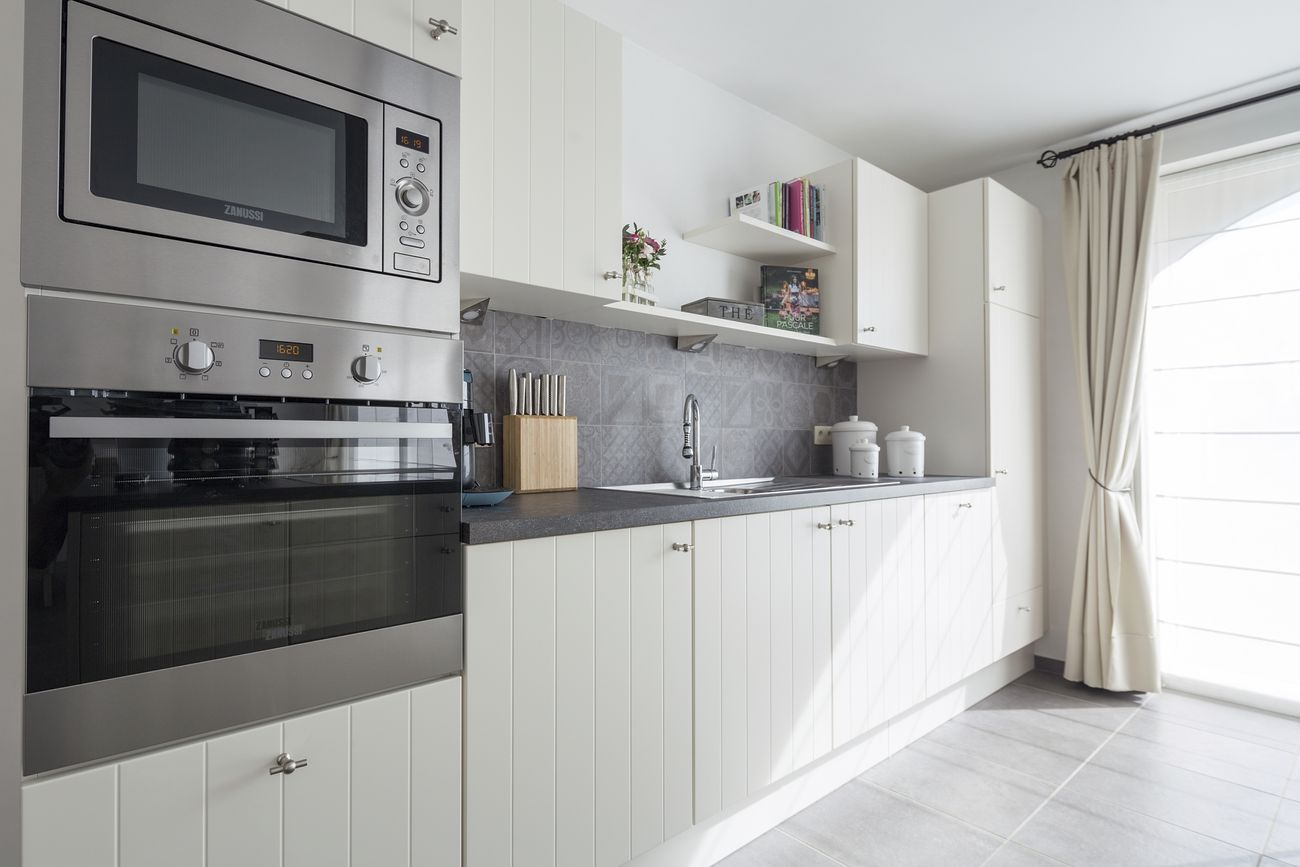Kitchen appliances are the workhorses of our daily lives, making meal preparation and cooking more convenient. However, like all machines, they can encounter problems and require repair.
Repairing kitchen appliances is a specialized skill that demands a deep understanding of the intricacies of each appliance type.
In this comprehensive guide, we will delve into the specifics of repairing kitchen appliances, from diagnosing common issues to understanding the repair process.
The Importance of Professional Repair
Before diving into specifics of kitchen appliance repair, we should clear one important thing: while some appliance repairs can be successfully handled by homeowners or DIY enthusiasts, certain complex issues and safety concerns necessitate the expertise of professional appliance repair technicians.
Professionals are trained to diagnose and repair a wide range of appliance problems, including those involving gas lines, refrigerant systems, and electrical components.
Professional appliance repair offers several advantages:
- Safety: Professionals prioritize safety and are well-versed in handling potentially hazardous situations, such as gas leaks or electrical malfunctions.
- Experience: Technicians have years of experience working with various appliances and are more likely to identify and resolve issues accurately.
- Warranty Preservation: Hiring a professional technician for repairs often helps maintain any existing warranties on the appliance.
Except for those benefits, you will save your efforts, nerves, and the most precious thing – your time. Therefore, companies that specialize in appliance repair may be the best solution for you.
2. Diagnosing Common Kitchen Appliance Problems
Before diving into appliance repair, it’s crucial to accurately diagnose the problem. Here are some common issues you may encounter with kitchen appliances and how to identify them:
Refrigerator Issues:
| Problem | Possible Cause | Symptoms |
| Not Cooling Properly | Dirty coils, faulty thermostat, or compressor issues | Food spoils quickly, temperature fluctuations |
| Leaking Water | Clogged defrost drain or damaged water inlet valve | Puddles of water inside or around the fridge |
| Noisy Operation | Faulty evaporator or condenser fan, or compressor issues | Unusual sounds like clicking, buzzing, or rattling |
Oven and Range Problems:
| Problem | Possible Cause | Symptoms |
| Temperature Inaccuracy | Faulty thermostat or heating element | Uneven cooking or food undercooked/overcooked |
| Gas Smell | Gas line or valve issues | The smell of gas when the oven is on |
| Ignition Problems | Faulty igniter or spark module | Difficulty lighting the oven or stovetop burners |
Dishwasher Troubles:
| Problem | Possible Cause | Symptoms |
| Not Draining Properly | Clogged drain hose or faulty pump | Standing water in the dishwasher after a cycle |
| Leaking Water | Damaged door gasket or inlet valve | Water puddles around or under the dishwasher |
| Noisy Operation | Worn-out spray arm or circulation pump | Unusual grinding or knocking sounds during the operation |
3. Tools and Equipment for Appliance Repair
Repairing kitchen appliances requires the right tools and equipment to ensure safe and effective repairs. Here’s a list of essential tools commonly used in appliance repair:
- Screwdrivers: Phillips and flathead screwdrivers are needed for opening and closing appliance panels.
- Multimeter: This tool is used to measure electrical resistance, voltage, and current. It’s essential for diagnosing electrical issues in appliances.
- Wrenches: Adjustable wrenches come in handy for tightening or loosening nuts and bolts.
- Pliers: Needle-nose and channel-lock pliers help with gripping and maneuvering small components.
- Socket Set: A socket set is useful for removing and replacing nuts and bolts in appliances.
- Nut Drivers: Nut drivers are similar to screwdrivers but have a socket-like head for turning nuts and bolts.
- Wire Strippers: Wire strippers are essential for safely removing insulation from wires.
- Leak Detection Solution: For identifying refrigerant leaks in appliances like refrigerators and freezers.
- Appliance-Specific Tools: Some appliances may require specialized tools for certain repairs. For example, an appliance technician may need a refrigerator coil brush for cleaning condenser coils.
4. Repair Process and Safety Precautions
Once you’ve diagnosed the problem and gathered the necessary tools, it’s time to initiate the repair process. Here are the general steps involved in repairing kitchen appliances:
Step 1: Safety First
Before starting any repair, always prioritize safety. Disconnect the appliance from the power source (unplug or turn off the circuit breaker) and shut off the gas supply if applicable. Wear appropriate safety gear such as gloves and safety glasses.
Step 2: Disassembly
Carefully disassemble the appliance to access the components that need repair. Keep track of the screws and parts you remove, as they will need to be reassembled correctly later.
Step 3: Diagnose and Replace Faulty Parts
Using the diagnostic skills mentioned earlier, identify the faulty component or part that needs replacement. This may involve testing circuits, checking for wear and tear, or inspecting for damage.
Step 4: Ordering Replacement Parts
Once you’ve identified the faulty part, order a replacement from a reputable supplier or appliance manufacturer. Ensure that you have the correct part number to avoid ordering the wrong item.
Step 5: Installation of New Parts
Carefully install the new part, following manufacturer instructions or repair manuals. Pay attention to electrical connections, ensuring wires are properly secured.
Step 6: Reassembly
Reassemble the appliance in the reverse order of disassembly, making sure all parts are correctly positioned and securely fastened.
Step 7: Testing and Safety Checks
After reassembly, test the appliance to ensure it functions correctly. Look for any signs of gas leaks, electrical issues, or unusual noises. Conduct safety checks to confirm that the appliance is safe to use.
Conclusion
Repairing kitchen appliances involves diagnosing common problems, using the right tools, following safety precautions, and understanding the repair process.
While some repairs can be tackled by DIY enthusiasts, complex issues or safety concerns are best left to professional appliance repair technicians.
With the right skills and knowledge, you can extend the lifespan of your kitchen appliances and keep them running smoothly for years to come.




